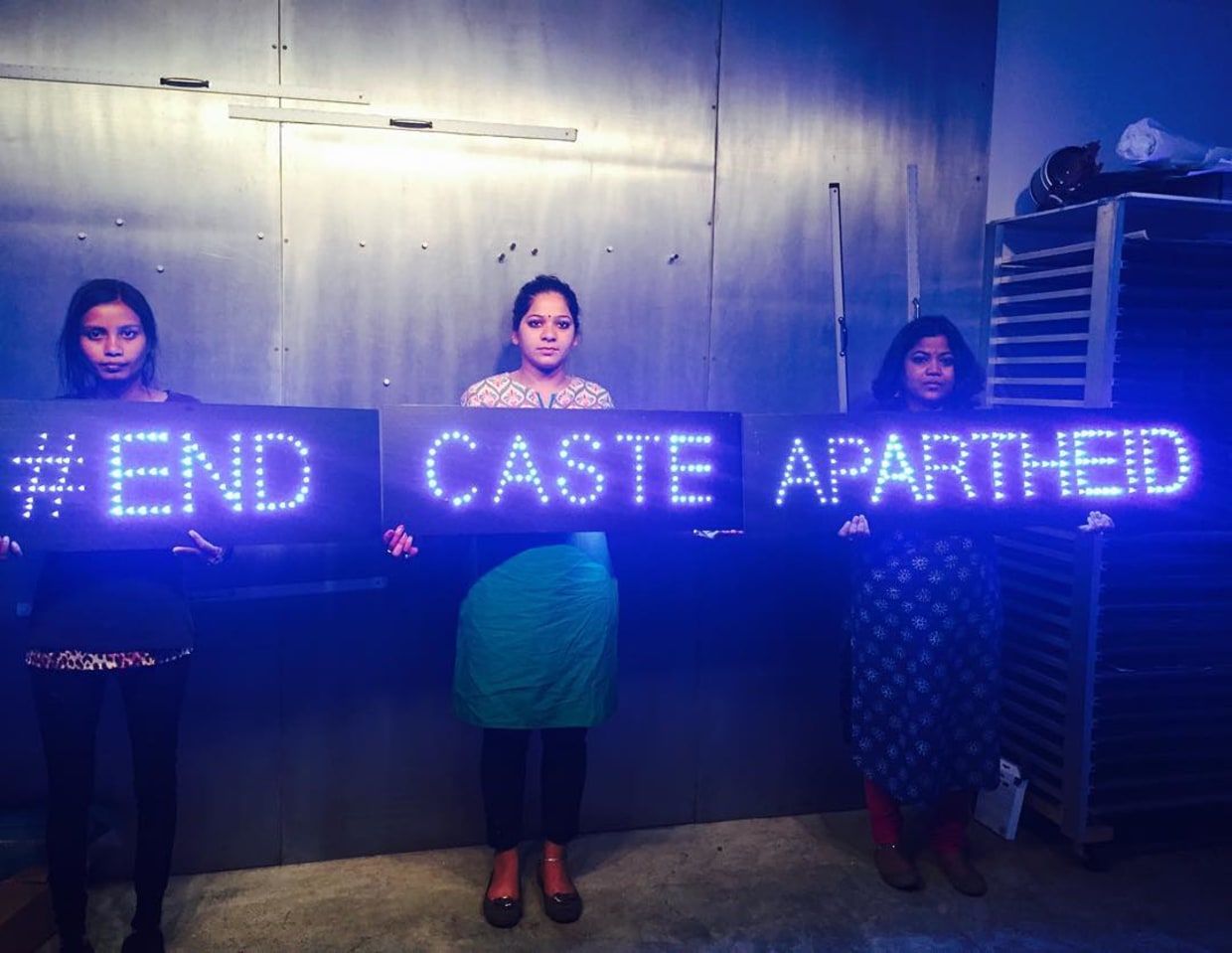In less than a month we would be celebrating our 73rd independence day on 15th of August. Looking behind, what actually the independence has given us? Liberty, a democracy, a rigid but flexible constitution, fundamental rights, directive principles for good governance and freedom from caste hierarchies and unwanted social norms. But have we actually achieved the desired outcomes by acknowledging the caste-based violence which has been by far the root cause for all sorts of differentiation and intolerance? Not really.
“If you are not considered human, human rights do not apply to you.”- Moni Rani Das
The bruises of the lives living inside pale yellows walls have been ever-green.
From the ancient times when the Dharmasutras and Shastras were written specifying caste hierarchies on the basis of ritual purity in Hinduism, placing the burden on the lower caste to serve every other one until today, in the modern times where untouchability has been abolished and rights granted, we continue to witness uncertain miseries and troubles faced by those who are still figuring out to cope up with the changing world and constant social pillars.

People protesting as Dalits massacred in the Bathani Tola massacre got no justice even after 22 years. The gruesome act of beheading a minor ‘Dalit‘ girl for rejecting the advances of an upper-caste male in 2018, Dalits being beaten up on the occasions of their marriages as we often read in headlines, consuming pesticides as a bid to protest against the policemen in order to protect their crops and whatnot. According to a report by Human Rights Watch, “Discriminatory and cruel, inhuman, and degrading treatment of over 165 million people in India has been justified on the basis of caste.”

Also, the report on 20 years of the Prevention of the Atrocities Act noted that the number of registered cases of rape against SC and ST women have outnumbered other offences such as murder, kidnapping, arson, robbery and dacoity. Dreadful! Dalit women identify their gender – caste – class status to be the primary reason for the high incidence of violence, that also manifest in other socio-economic forms such as refusing access to common resources like water, public spaces etc.

What went wrong with the Constitution making?
B.R. Ambedkar, the chairman of the drafting committee and the father of the Indian Constitution, a converted Buddhist, was determined to have separate electorates for the ‘lower castes’, to bring the downtrodden in a position equal to the upper castes in the varna system. Resultant Part XVI of the Indian Constitution deals with reservation of SC and ST in Central and State legislatures. Article 15(4) and 16(4) of the Constitution enabled the State and Central Governments to reserve seats in government services for the members of the SC and ST. One face of the coin would prove the reservations to be justified, giving the lower castes representation in the government and educational institutions. While the other would completely deny the setting as even after 70 decades of freedom and abolishment of untouchability, people living in the country are still not aware of their rights, Dalits still fear for their lives and the real purpose of the reservation of protecting such underprivileged people lost its real meaning way before and is actually living in vain.

An aspiring global superpower or just an ugly hidden reality?
With globalisation, urbanisation and modernisation taking shape, the urban cities are losing the unruly social bondages, rushing carelessly through gender and caste differences, bothering none expect coexistence and livelihood. But, the data released by National Crime Records Bureau (NCRB) is compiled from statistics given by the state/union territory police departments and central law enforcement agencies, which shows that caste-based violence in urban India is far from dead.
A Dalit Activist, Arvind Bansod (32) from Nagpur, Narkhed is found suspiciously dead. He was publically assaulted by the office bearers of @NCPspeaks
The police refused to file a FIR & declared the death as a suicide.
We demand justice.
Enough is Enough.#JusticeForArvindBansod— Prakash Ambedkar (@Prksh_Ambedkar) June 7, 2020
The report tells that Bengaluru and Hyderabad reported 207 and 139 incidents respectively in 2016. Accompanying these cities were the usual suspects, the capitals, Lucknow and Patna, with 262 and 241 cases, at number 1 and number 2 spots in the incidence/reporting ranking, respectively.

The India Human Development Survey data showed that over 27% of Indians admit to practising untouchability, despite the practice being illegal. Clearly, the caste-based uncertainties are alive and growing well in urban areas.
Strategic approaches to combat caste-based Violence are the need of the hour. The Scheduled Castes and Scheduled Tribes (Prevention of Atrocities) Act, 1989 must be properly enacted with the promise of equal status and opportunities in action. Otherwise, the one-fourth population of this country would be merely reduced to casual labourers and a vote bank.
[zombify_post]









